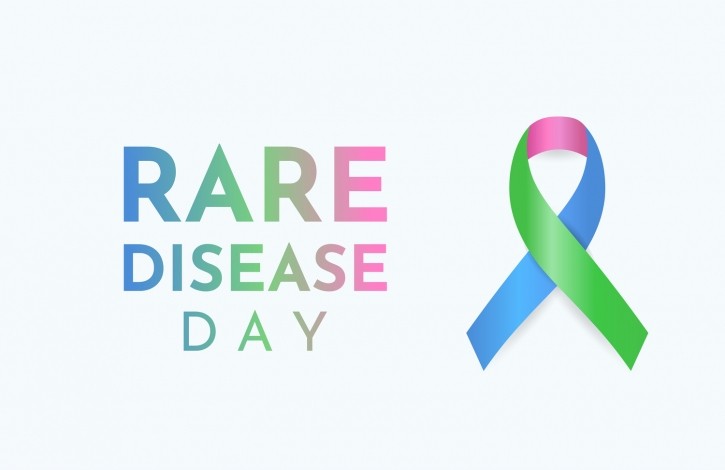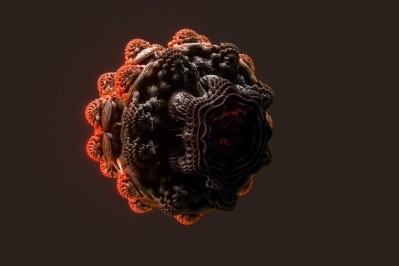Rare Disease Day
The race for answers: How a Dutch university is reducing time to identify rare diseases

Deploying genomic technologies helps researchers to better understand the causal mechanisms of diseases improving the accuracy of diagnoses which can help offer patients and their families a possible direction for the future.
According to the US National Institute of Health, an estimated 7,000 rare diseases collectively impact between 3.5% to 5.9% of the global population. In the EU alone, this equates to 36 million people.
Four to five years for answers
Unfortunately, the complexity of rare disease biology can leave patients waiting an average of four to five years for answers. This, a team at a Netherlands university says, is why the race is on for researchers around the world to figure out how to unravel rare disease mysteries faster.
A project being led by researchers at Radboud University Medical Center is focusing on reducing the time it takes to identify and name a person’s rare disease.
“The focus of our research is to find the best way to molecularly diagnose patients with a rare genetic disease. Our ultimate goal is that this is a rapid diagnosis, obtained in a least-invasive way, but also cost-effective for our healthcare system,” explained Lisenka Vissers, Department of Human Genetics and Radboudumc Research Institute for Medical Innovation, Netherlands.
Diagnosis in under a week
The Radboud team envisions a scenario where a diagnosis could be delivered in under a week through a simple blood test. To do this, the Radboud team has adopted the latest sequencing technology – long-read HiFi.
Today, most patients with a rare genetic disease undergo one test to find a diagnosis, which often uses a method called short-read exome sequencing. This method looks for small genetic changes associated with specific rare diseases. Yet, these tests are limited to only 50 million base pairs, out of 3 billion in the human genome, so the test cannot pick up some of the longer, more complex variations linked to rare diseases.
This means only 30-40% of patients receive a diagnosis. Many patients go on to repeat this process, having multiple genetic tests, often performed sequentially. This increases the overall time to diagnosis, as well as accruing greater costs.
Sequence parts of the human genome in a single assay
For most patients after multiple tests, the genetic cause remains elusive.
Vissers explains: “From a research perspective, I hypothesize that either short-read exome technologies have not yet identified the genetic cause because of technological limitations, or alternatively, we fail to correctly recognize the genetic variants as pathogenic because of its location affecting non-coding sequence, requiring more functional follow-up to understand their relevance to disease.”
Radboud was an early adopter of long-read sequencing, which sequences tens of thousands of base pairs to provide deeper, more accurate insights into the genome than conventional genetic tests. Its initial studies tested subjects with undiagnosed neurodevelopmental disorders. With long reads, the team was now able to sequence parts of the human genome in a single assay that had previously remained inaccessible.
Game-changing results
Radboud selected 100 ‘difficult’ genetic variants, which were either located in regions of sequence homology, had pseudogenes, were longer repeat expansions, methylation defects, or inversions. On the brink of completing the initial phase of their study, the team has discovered 95% of variants can be effectively identified with the HiFi technology single test. Only 7% necessitate manual curation, such as inspecting aligned reads. The variants that proved challenging to detect include expansions of AG-rich repeats, as well as variants located in the repeat-dense regions of the Y chromosome and/or the acrocentric p-arms.
“We were hoping to prove our hypotheses, both that HiFi sequencing would potentially enable us to replace our current workflows, and also, to enable research leading to an increase in diagnostic yield. However, that we were able to generate such high-quality data already from run one, and that the variants are so easily detectable has positively surprised me,” stated Visser.
The team at Radboud holds a firm conviction that every patient suffering from a rare genetic disease deserves access to a test that offers the highest probability of delivering explanations in the shortest possible timeframe. This principle fuels their ongoing research efforts, as they strive to transform this aspiration into reality. In pursuit of this goal, they have initiated the Nijmegen Revio-500 Study, marking a significant step forward in their commitment to advancing potential diagnostic research capabilities for these challenging conditions.













